So is Leica copying Ricoh now? The Leica Q3 43 reminds me of the Ricoh GR IIIx…
Fixed-lens compacts have one big drawback – the fixed lens. So if you want extra focal lengths, you have to buy extra cameras
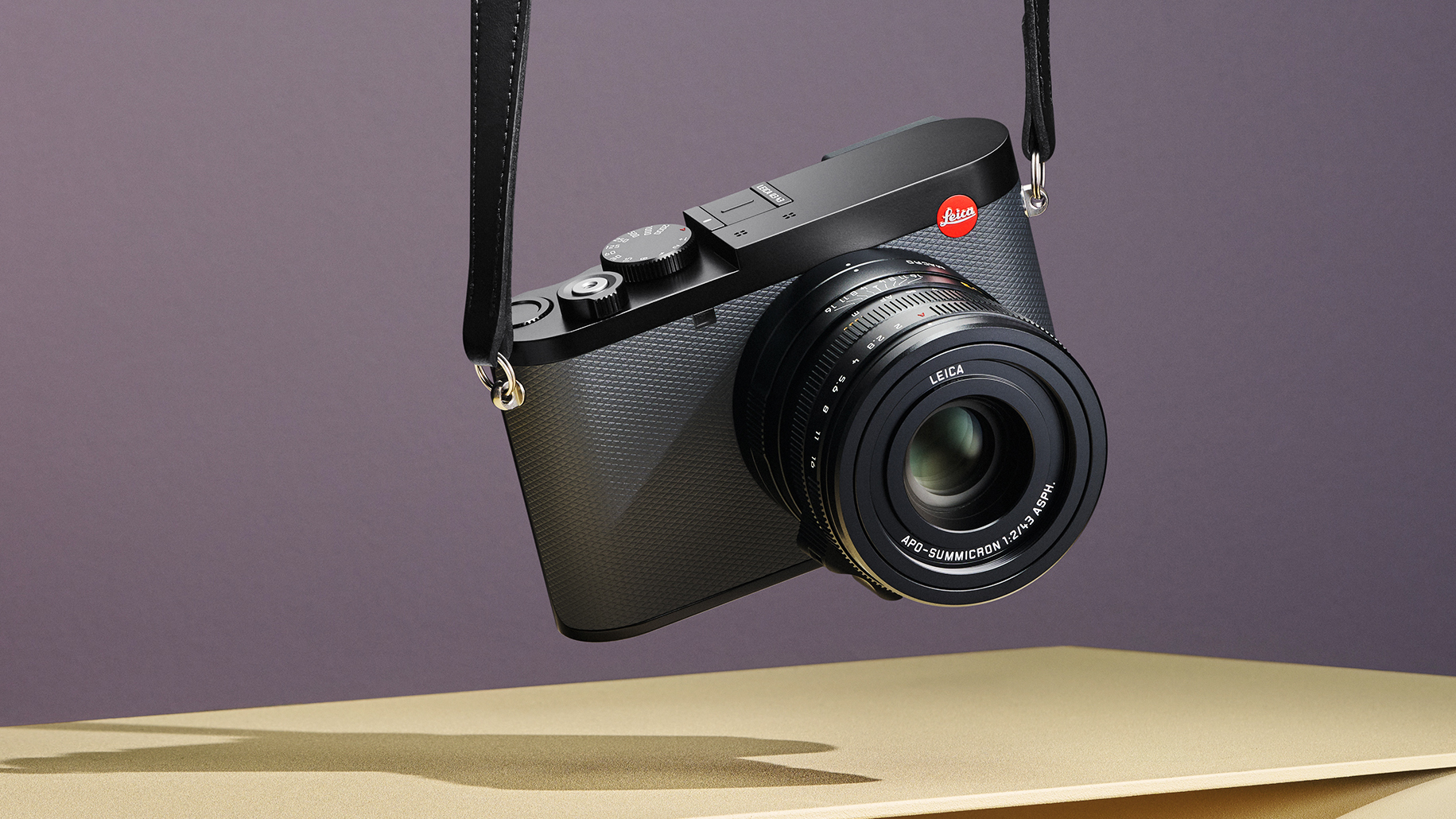
The Leica Q3 is all about the stripped-down purity of the experience. One camera, one lens, and nothing else between the photographer and the subject. But the 28mm lens on the original Q3 might be just a little too wide for some folk. Personally, I like it. My iPhone’s main camera is a 24mm equivalent, and a wider view of the world is what seems natural to my eyes.
Ricoh must have thought the same with the release of the GR III and its 28mm equivalent fixed prime lens back in 2019. But a couple of years later it came out with the GR IIIx with a longer 40mm equivalent lens with a more ‘natural’ angle of view closer to that of the human eye. That’s what people say, anyway.
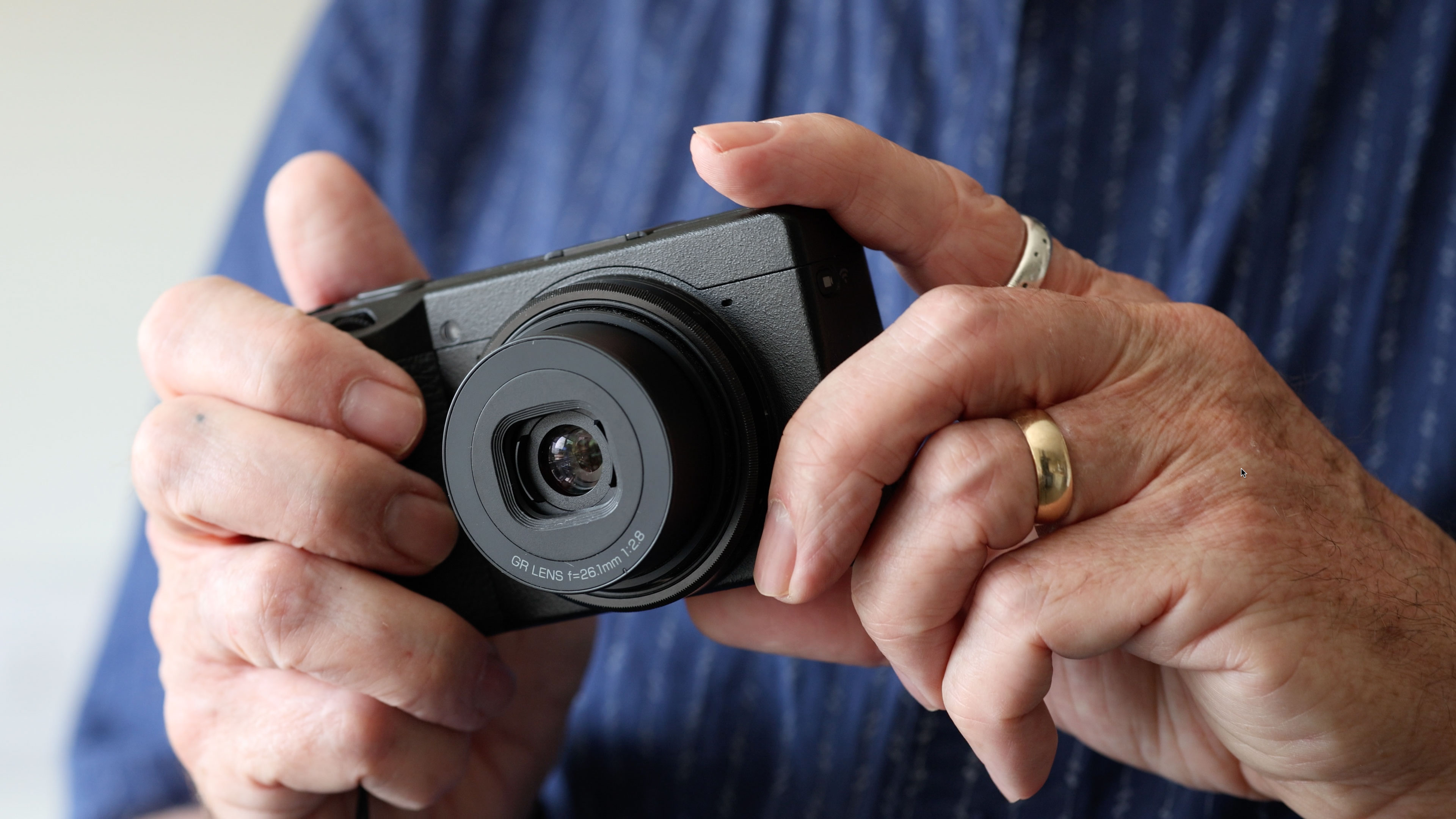
And now Leica has done the same, following up the Leica Q3 and its 28mm f/1.7 lens with the new Leica Q3 43, with a 43mm APO-Summicron f/2 ASPH lens. I don’t imagine Leica would ever admit to copying Ricoh, even if it did, but it does highlight the quandary for makers of this type of camera.
This is the thing. Shooting with one lens might sound like the purest kind of photography, but the reality tends to turn out differently. I discovered this during my time with the Fujifilm X100 V. I bought this camera thinking it was the perfect synthesis of photographic purity and simplicity, but found that the fixed 35mm equivalent focal length didn’t really suit me.
They say you can always ‘zoom with your feet’, but actually that’s not quite how photography works. When you change your shooting position, you change the perspective and the relationship between objects in the foreground and those in the distance. You can use wide-angle lenses to exaggerate these size differences because you can stand closer; longer focal length lenses tend to flatten perspectives because you tend to stand a little further away.
This is how it works for me, anyway, so that when I’m shooting with a camera with fixed focal length I’m always restricted on where I stand and how I compose images. I’m much happier with cameras that have interchangeable lenses, so that even if I do still spend all day with a 35mm equivalent lens, I always have another I can swap to if I feel the need.
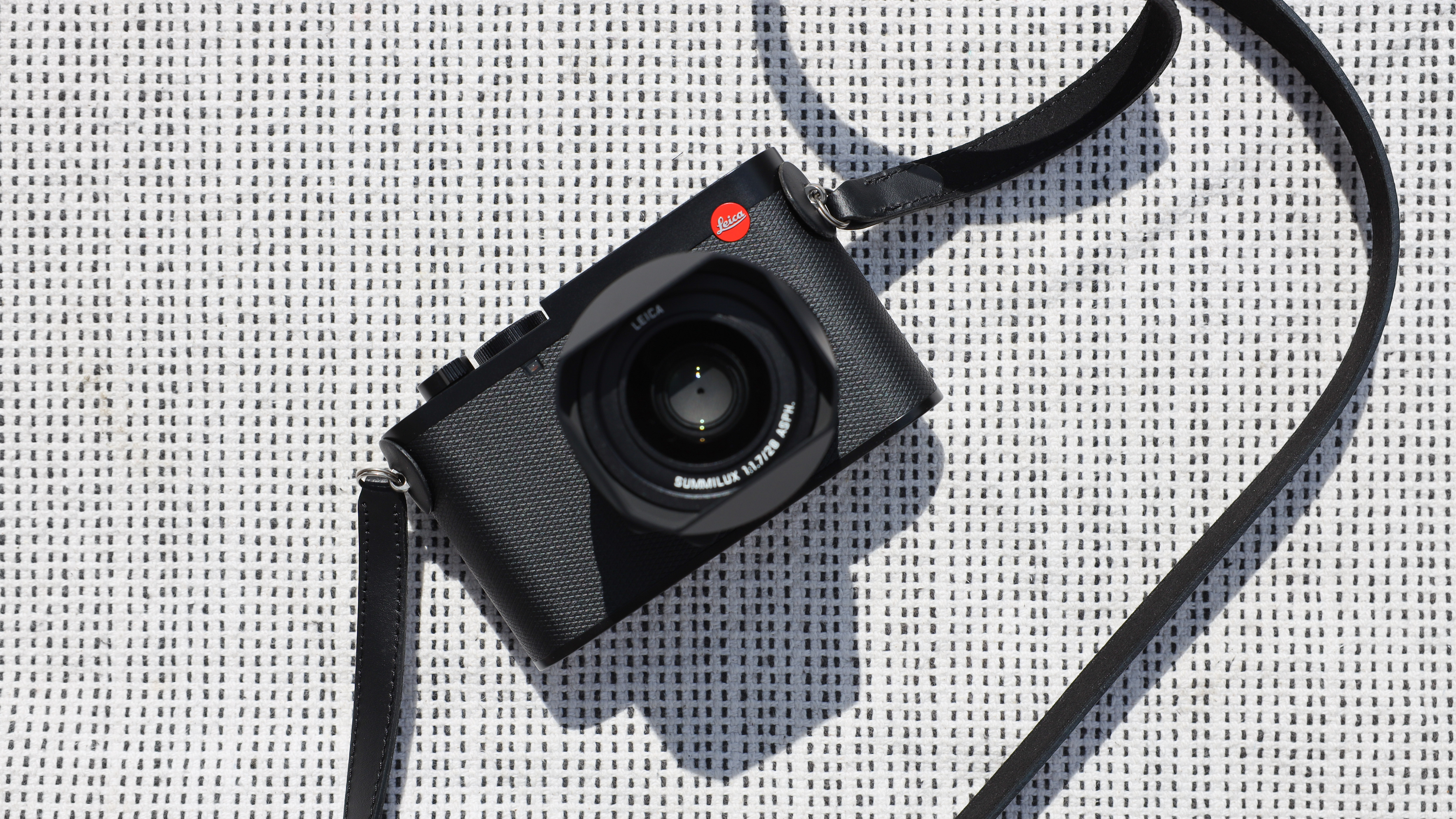
So, much as I admire the Ricoh GR III for its size, I would have to get a GR IIIx for those longer shots, or just not take them. It would be the same with the Leica Q3, where the 28mm lens would be fine most of the time, but a real limitation when it isn’t. It’s a lot of money to pay for a camera that can only do certain things, and no-one is going to buy both versions! (Are they?) It’s true that the Q3 does have enough resolution to shoot at ‘longer’ (cropped) focal lengths, but I don't think I could ever settle on paying that amount of money for a 60MP Leica and then using what is effectively a digital zoom.
Get the Digital Camera World Newsletter
The best camera deals, reviews, product advice, and unmissable photography news, direct to your inbox!
Interchangeable lens alternatives
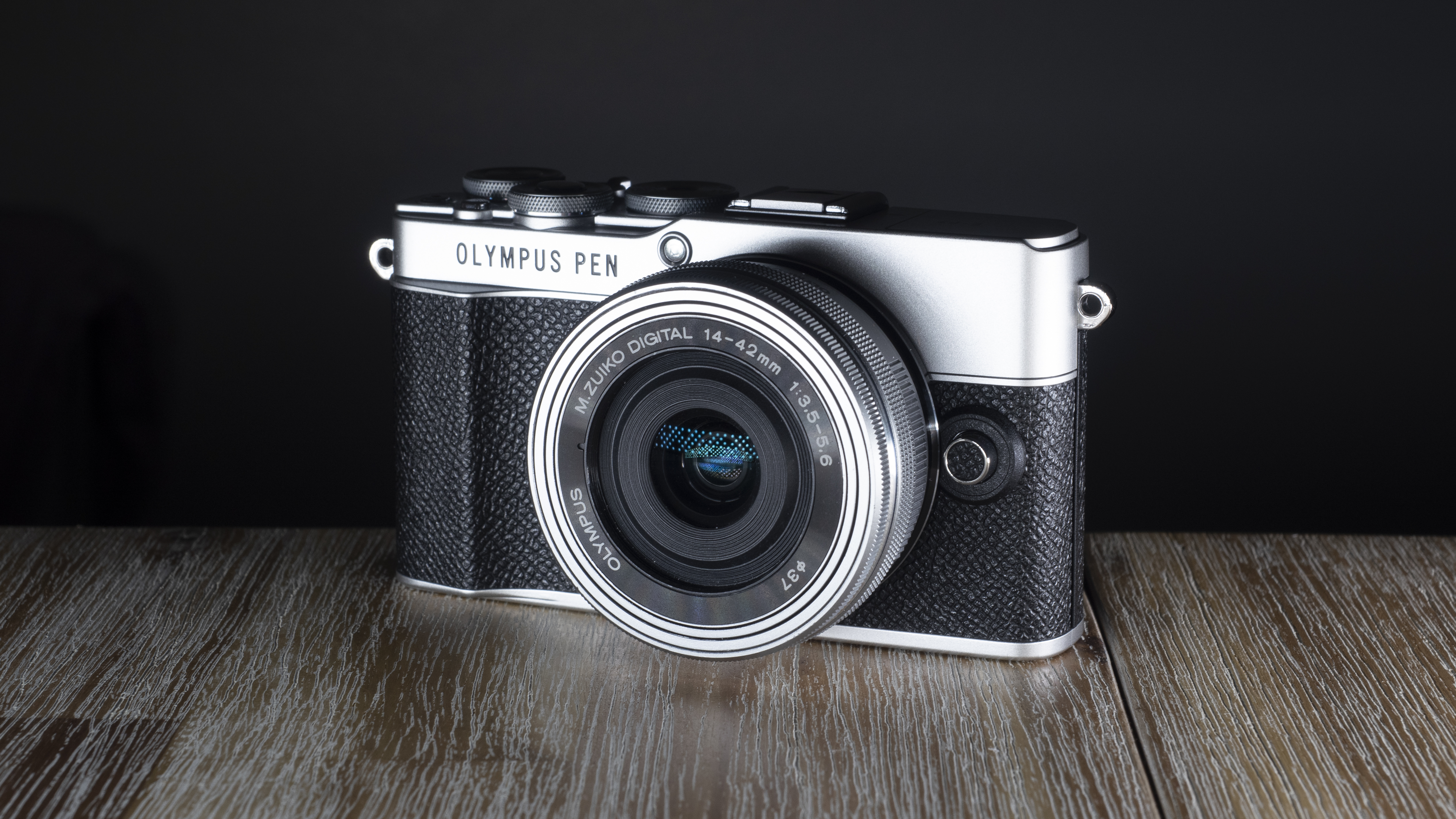
If you like the size and portability of the Ricoh GR IIIx but want interchangeable lenses, I’d suggest you take a look at the Olympus PEN E-P7 instead. It’s a little bigger, the sensor is smaller, but you can swap lenses and the shooting experience is similar.
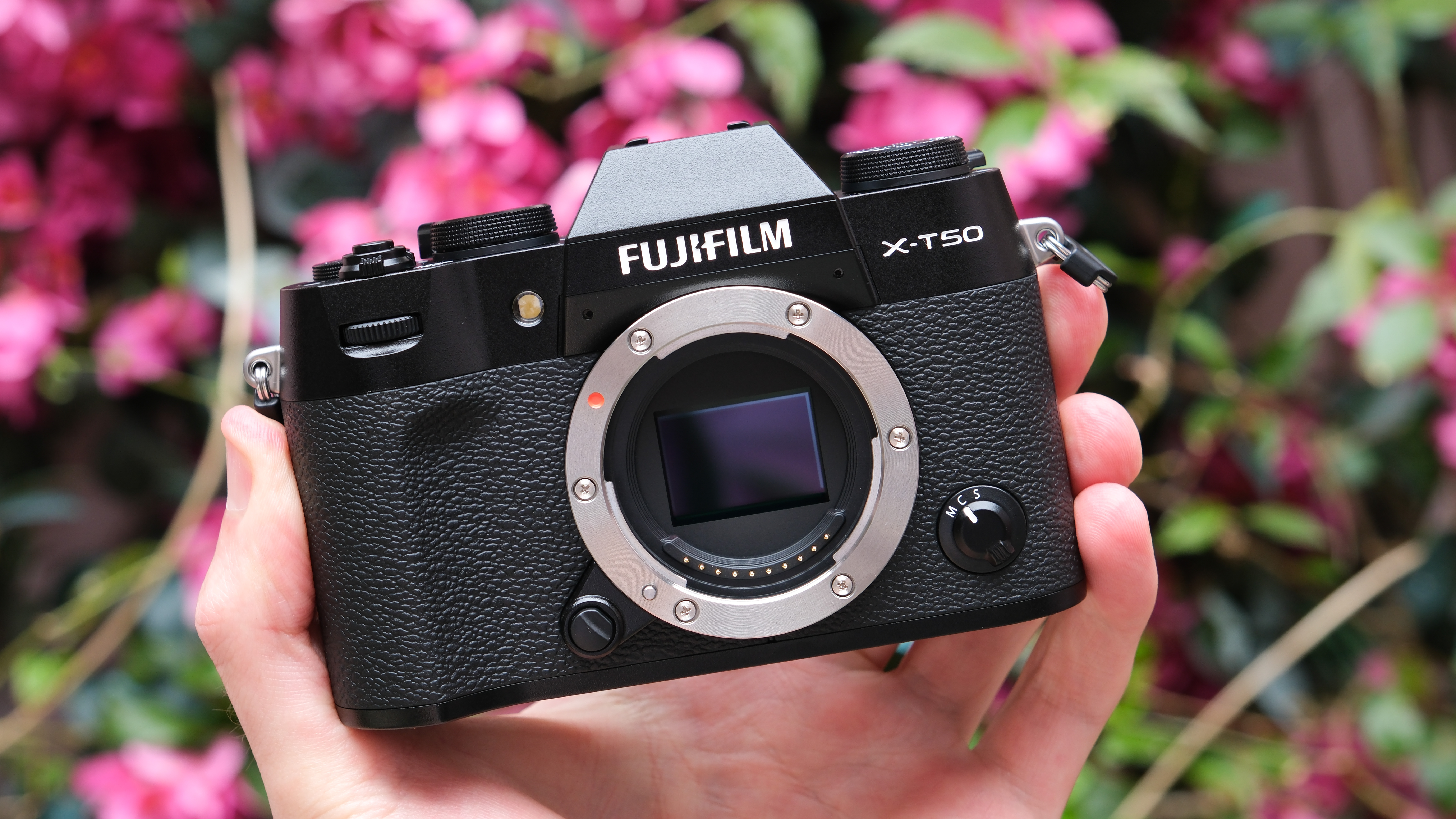
If you’re thinking about the Fujifilm X100 VI (always assuming you can find it in stock anywhere), I’d suggest looking at the Fujifilm X-T50 instead. Fujifilm makes some nice little primes that would suit this camera perfectly, including an XF 23mm f/2 prime which is easily a match for the lens on the X100 VI.
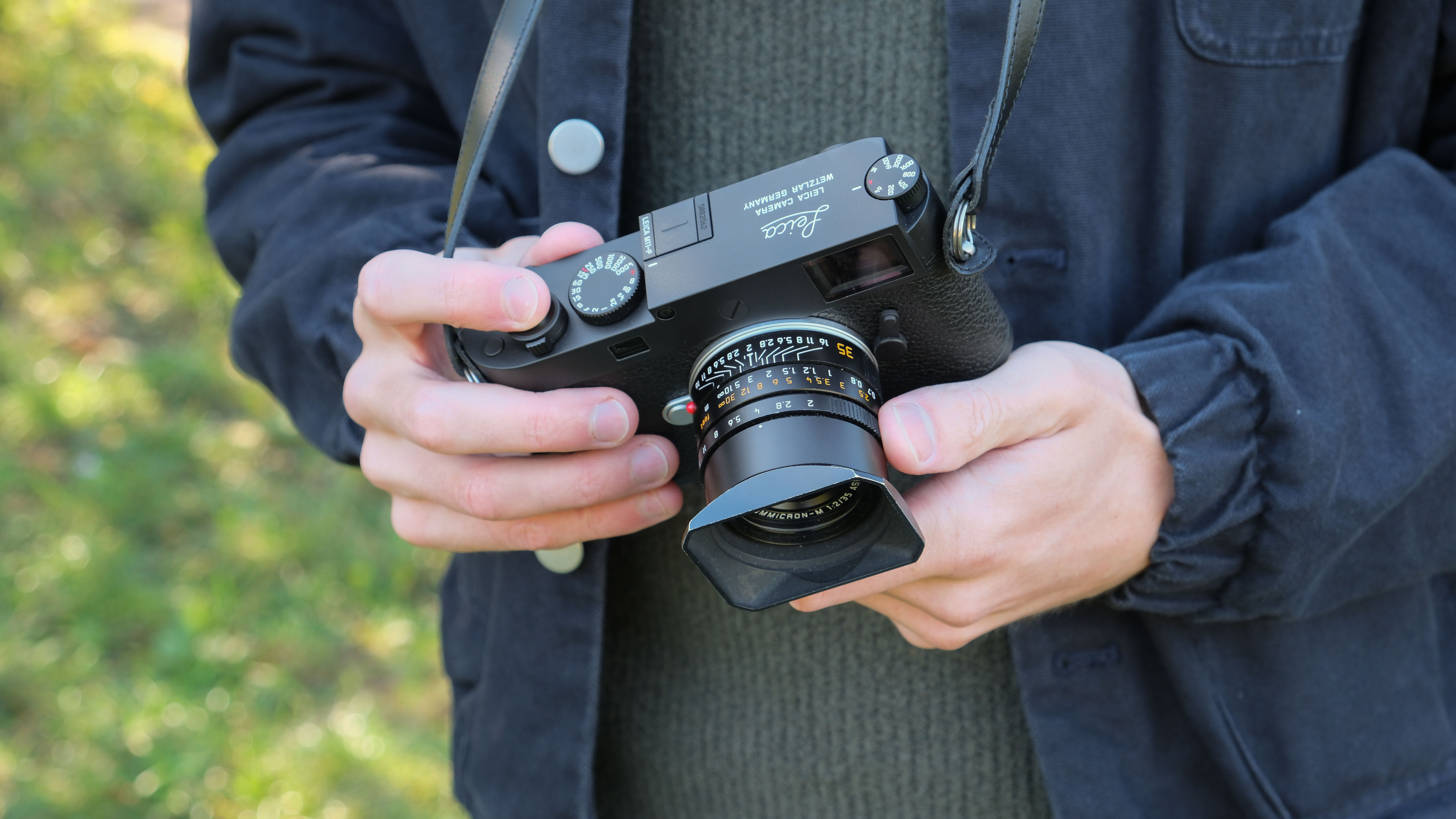
And if you’re thinking about getting a Leica Q3 and worried about committing to a 28mm lens or a 43mm, then I’d suggest taking a look at an M-series rangefinder instead such as the Leica M11-P or even the radical Leica M11-D. It means a step up in cost and having to learn some new (old!) camera handling skills, but that really is the purest photographic experience of all.

Rod is an independent photography journalist and editor, and a long-standing Digital Camera World contributor, having previously worked as DCW's Group Reviews editor. Before that he has been technique editor on N-Photo, Head of Testing for the photography division and Camera Channel editor on TechRadar, as well as contributing to many other publications. He has been writing about photography technique, photo editing and digital cameras since they first appeared, and before that began his career writing about film photography. He has used and reviewed practically every interchangeable lens camera launched in the past 20 years, from entry-level DSLRs to medium format cameras, together with lenses, tripods, gimbals, light meters, camera bags and more. Rod has his own camera gear blog at fotovolo.com but also writes about photo-editing applications and techniques at lifeafterphotoshop.com
